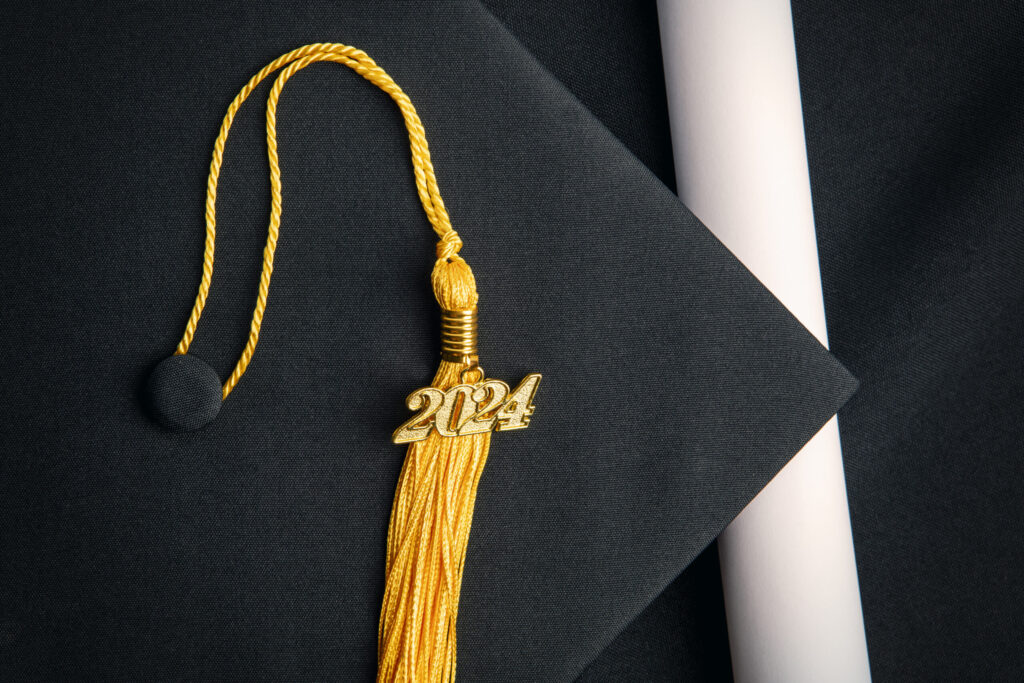The number of federal student financial aid forms filed by graduating high school seniors is down compared to last year, after glitches and technical errors plagued the process. (S. Dominick/Getty Images)
Approximately 1 million fewer students are receiving federal aid for low income students in 2024 than previously projected due to issues with the rollout of a new financial aid application, a Congressional Budget Office analysis found.
The bungled rollout of the new Free Application for Federal Student Aid (FAFSA) has led to a host of issues for higher education, including admissions disruptions. The Congressional Budget Office’s analyses of the Pell Grant, which provides federal student aid to low-income students, found that an anticipated budget shortfall for the program won’t happen in fiscal year 2025 — because fewer students completed their FAFSA.
The Congressional Budget Office expects FAFSA applications to be down 10% this year relative to 2023 before rebounding to last year’s levels in 2025, Congressional Budget Office spokesperson Deborah Kilroe said in a statement. Her agency finalized its estimate in May when applications were down approximately 30% to 40% relative to the prior year, as a result of “complications in the implementation of FAFSA simplification,” she said.
The CBO analysis found that slightly less than 6 million students will receive a Pell Grant in 2024, about 490,000 short of its forecast for 2024 and about 1 million fewer than the Biden administration predicted.
Data from the National Center for Education Statistics show that 72% of Black undergraduates received Pell Grants, compared with 36% of Asian students and 34% of white students, indicating the loss of Pell could have inordinate impacts on minority students.
Nationally, about 34% of undergraduate students receive Pell Grants.
GET THE MORNING HEADLINES DELIVERED TO YOUR INBOX
The post Issues with federal student aid application process led to fewer low-income recipients appeared first on Louisiana Illuminator.

